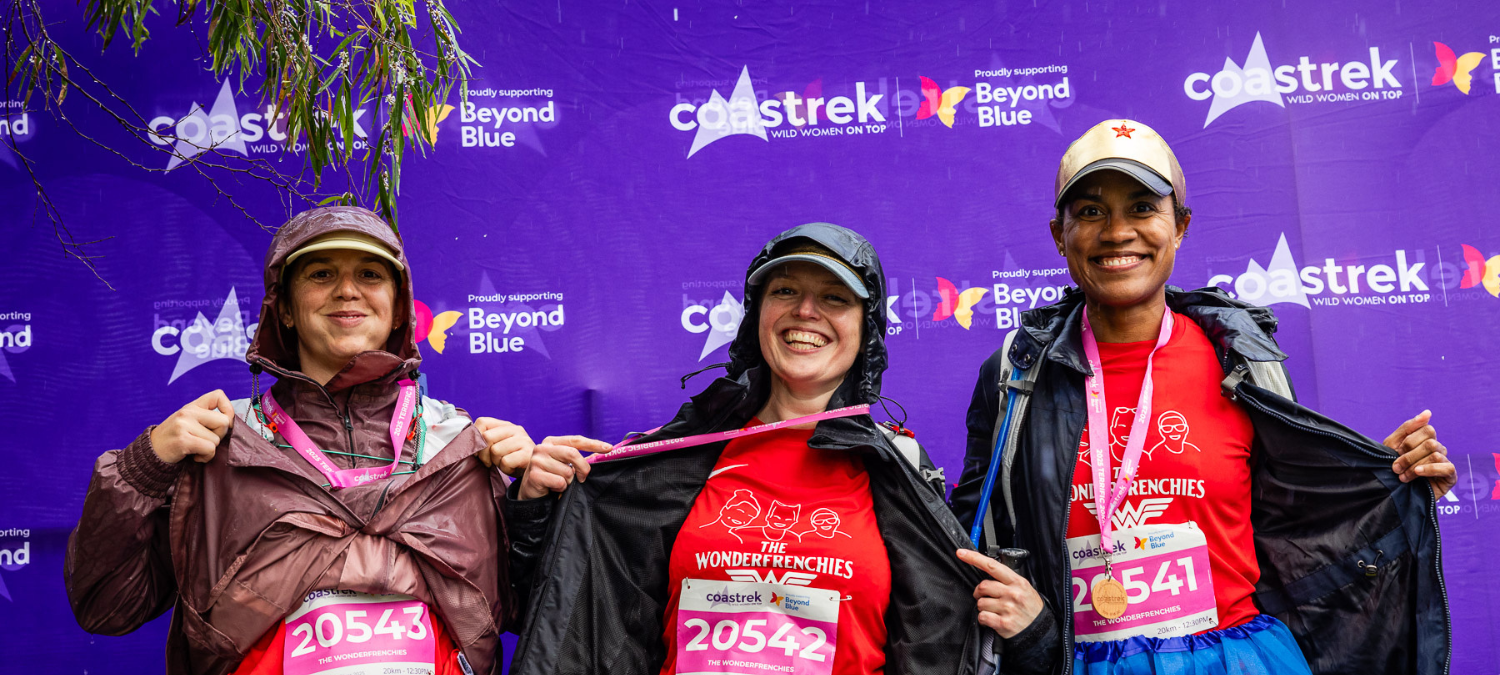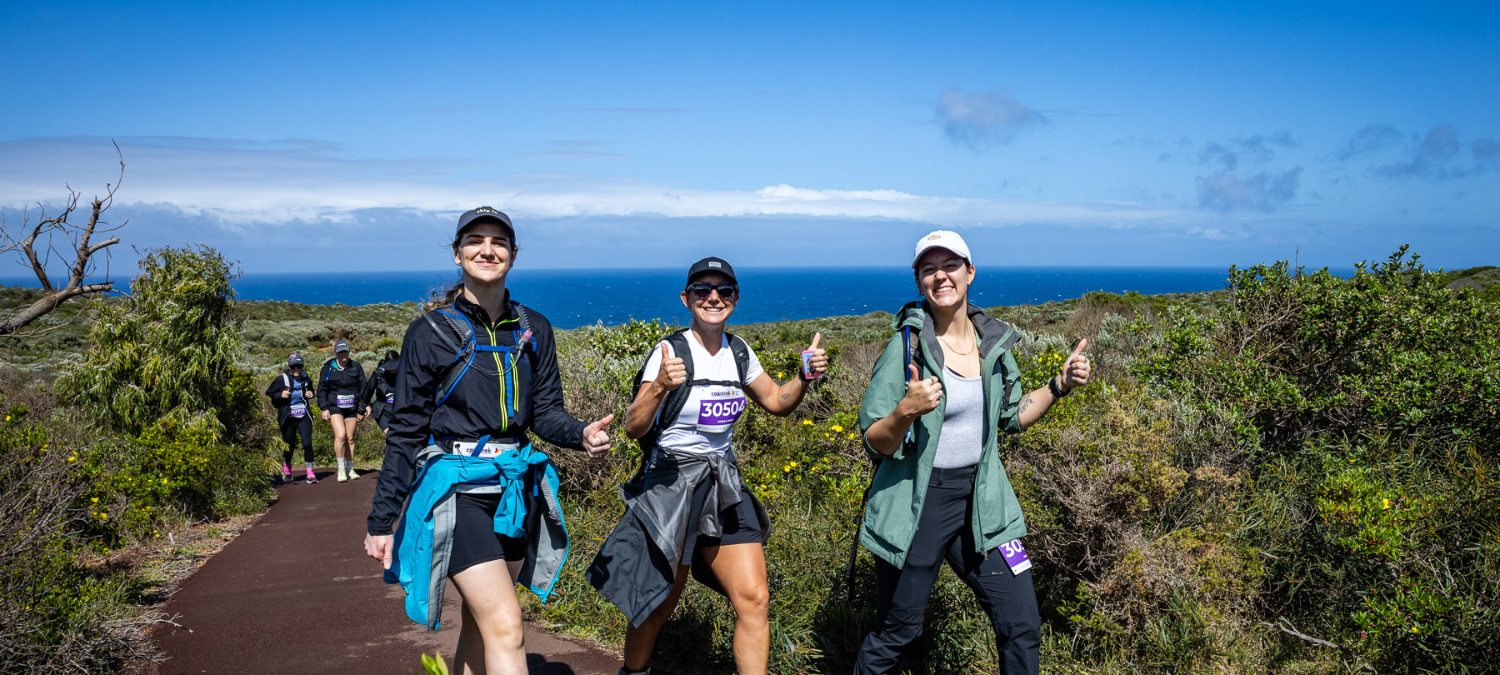By the Wild Women On Top Coastrek Team
Here at Coastrek HQ, choosing a route is a big deal. Many, many hours, recces, and conversations go into creating the perfect route, which is what you experience on Event Day.
We want to assure you that choosing a training route is not only doable, it can make training that much more enjoyable and show you different parts of your local area you didn't know about.
To help you choose a trail, we have created the Trails Near You Map, which includes over 150 of our favourite trails around Australia (suitable for a range of trekkers). You can check it out here.
In addition, we’ve asked our professional route picker (AKA our Event Production Manager Sal Smith) to give you her top tips for choosing an epic trail!
Picking your trail
When picking your route there are a few considerations:
Location: Is it close to home? Will I be able to get back to my car at the end of the route?
Distance: Ensure it fits in with your training program and build up your distance.
Difficulty: Is your walk easy, moderate, or hard? Also, consider the elevation gain.
Trail types: Loop, out and back, and point to point.
Here are some ways you can hit your distance:
- If the trail is only 8km point to point, consider turning around and walking back to the start point to reach 16km total
- Choose a loop track… do the loop again… then do it again
- Merge two trails together
- Add beach walking. Headlands have clear walking tracks but consider walking down onto the sand and connecting the next headland track to your route
Get your map
Pick a trail in your area (don’t forget to use the Trails Near You map!), considering the points mentioned above. Then, download the KML file onto your phone following the instructions provided. For those who prefer a paper map, the best is 1:25000 scale maps as these show the most detail. If you are walking on a National Trail or other larger trail, you can also use the 1:50000 scale maps.
Choose your start location, rest stops and finish
You can choose to start at your home, your teammates home, a free car park, a bus stop, a train station or get dropped off. Picking a train or bus station is an environmentally friendly way to get to your trail, go you! Ending near a café is always a good idea too.
If you choose a point-to-point route (where you walk from one location to another location), there’s a few transport options:
The Car Shuffle: Plan to meet your team members at the proposed finish line, leave 1-2 cars there (you’ll need to be able to fit all your teammates in these cars) and drive the other 1-2 cars to the start location with all your teammates. Once you complete your event, you can all jump straight into the car and get dropped back at the other cars at the start location.
The Uber Good: Park at the finish line and get an Uber or support crew to drop you at the starting point, then walk back to your car. We recommend doing this rather than the opposite (parking at the start and getting an uber back to your car) as you will be tired, stiff and VERY keen to put your feet up!
Set your pace
The average walking speed is about 5km/h. This assumes level ground with easy paths and does not allow for scrambles, streams or any of the other fun things you might encounter.
If you are in hills or walking over headlands, you can also use Naismith’s Rule. For each 100m of elevation gain, add 10 minutes to your time.
Put your slowest team member at the front and stick together. You’re only as fast as your slowest team member.
You can use our team timing calculator (available in the Plan and Prep section of your dashboard) to estimate how long your walk will take!
Think about landscapes you love
Some people love sandy beaches and grassy headlands, others prefer rugged cliffs, or gentle harbourside trails. One of the best things about choosing a training route is you get to decide what landscape you enjoy!
Think about your fitness/confidence
Do you want a really challenging and remote trail, or something more urban and accessible? Based on your level of fitness and experience, choose a trail where you feel safe, supported and comfortable.
Remember to have fun, keep it simple and don't sweat the small stuff. Coastrek is all about getting out in nature, getting fit having fun with friends and fundraising for a great cause... anything else is a bonus!






